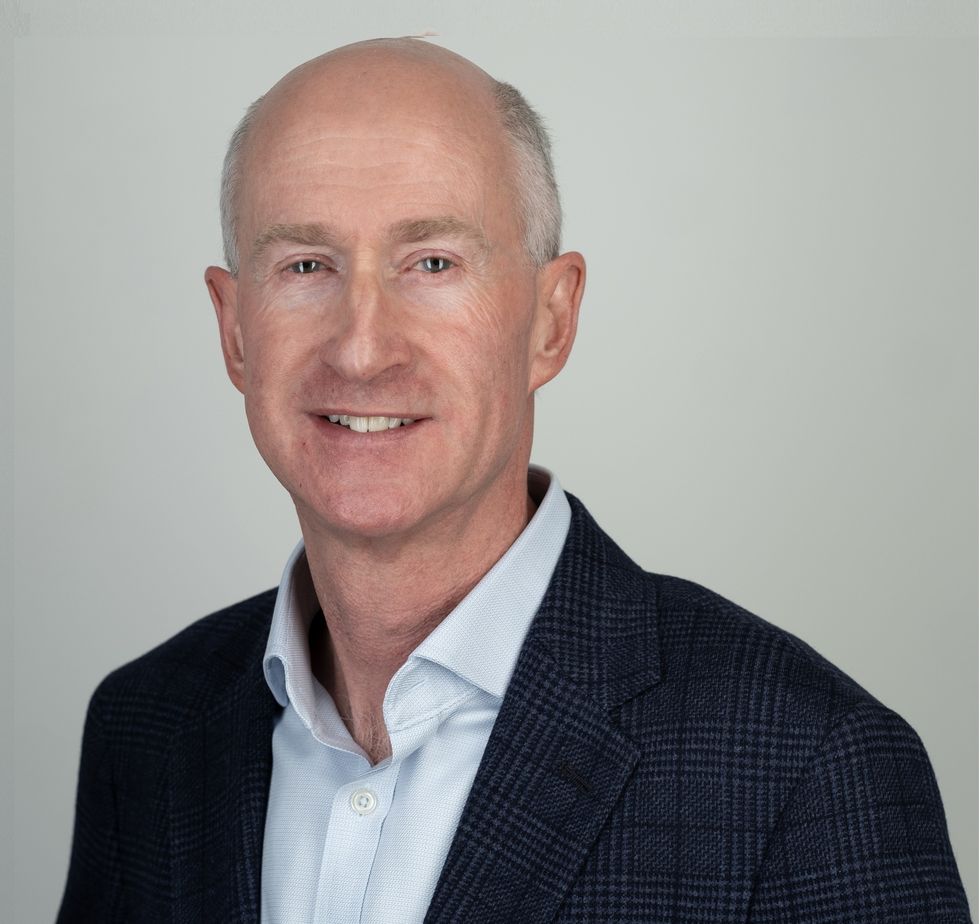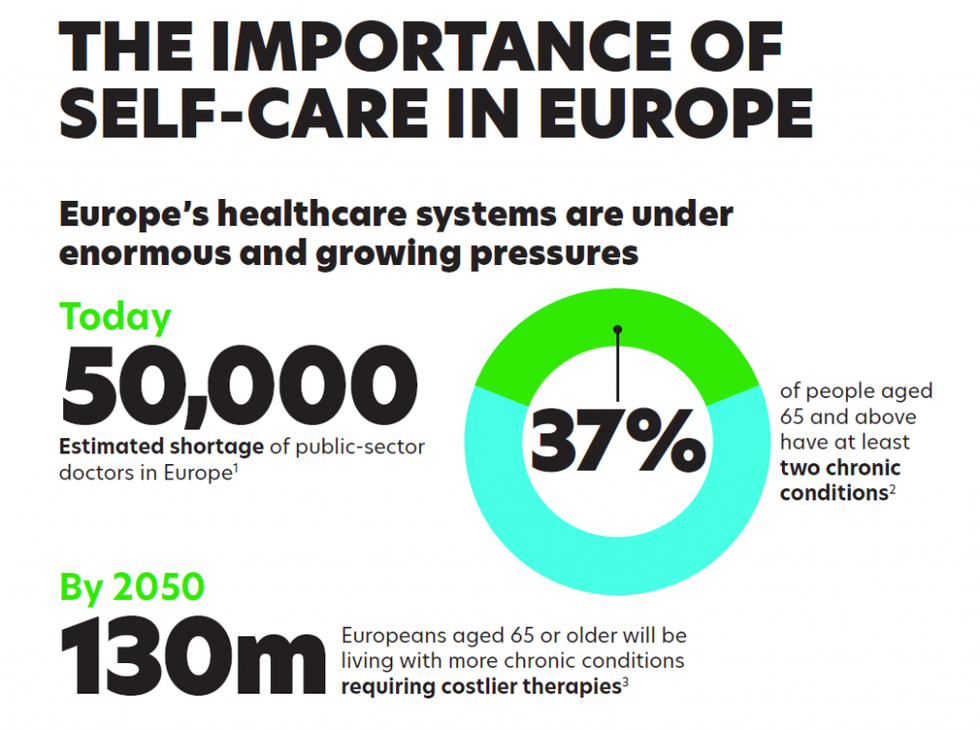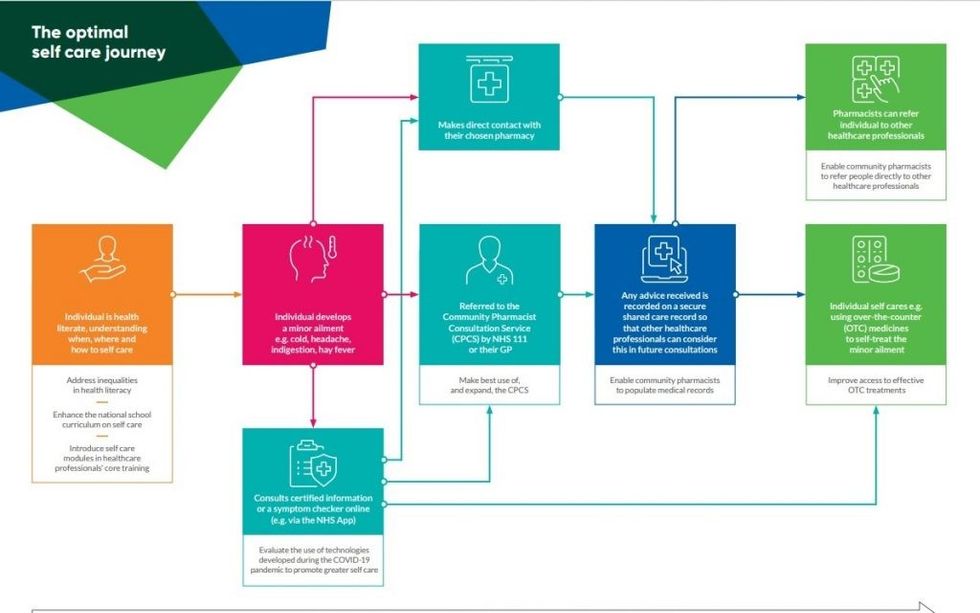Anyone who has studied the finances of an independent pharmacy business knows that money is tight. In many cases, they are perilously close to failure. It’s easy to assume they are retail businesses, cashing in on the higher public profile the sector has enjoyed during the pandemic years. But those have been mere words. Certainly, the pandemic represented a halcyon period for the profession.
We engendered a feeling of normality, dependable and accessible to society. We played a substantive role in keeping people out of hospitals and giving the vulnerable the ability to live independently from their own homes for longer. We mobilized to smash flu vaccination records and deliver covid jabs.
But despite the warm words of a new service based future and the incessant expressions of gratitude contractors desperately need the headroom to prepare, plan and invest. Platitudes, press releases and assurances of a bright clinical future are small comfort to what is needed and that’s cash on the table. As the adage goes: “Talk is cheap, money buys houses.”
Cashflow crisis
Since 2016, we have witnessed almost 650 pharmacies fall by the wayside. Some may have merged; the majority, however, have perished due to the relentless need for an increasing cashflow. It is cash, or rather the lack of it, which is killing independent pharmacies.
Sadly, many have had no choice than to build up debt and it is these borrowings which, without immediate relief, will further damage a sector loved and respected by the British people. This has been made worse by rising costs of living which pharmacies like many others are grappling with. Cash is the principle ask, but it’s more than money.
There is a lack of inherent respect and trust for our sector by some officials. It is perceived by some as an awkward child that has never been accepted into the family. It’s plight carries little sympathy and strategies to equip it to flourish appear far from the desire or intention of those officials. This culture desperately needs changing. The irony is that this is a public sector service we provide on behalf of the taxpayer. More than 90 per cent of an independent’s business is NHS services supply.
No government contractor should have to remortgage their house, borrow from family or sell assets simply to balance the books. It’s a scandal and is the real story behind what is happening to our independent operators on high streets and in communities right now.
I have spoken to thousands of contractors over the years. I have learnt one important lesson.
Society would be a less caring and more isolated place without community pharmacies. This sector is keeping tens of thousands of vulnerable individuals in their own homes living independently, so how can you put a cost to that?
Punched from all sides
Whilst we are being fed a diet of positivity, offering new frontiers for a bright future and providing more clinical services, the reality on the ground is that pharmacy is being punched from all sides.
Workforce challenges, especially created by a lack of level playing field for community pharmacy in relation to the aggressive, subsidised recruitment of pharmacists into the managed sector, cost of living crisis, cumbersome concession arrangements and a funding deal that failed to account properly for inflation are taking a heavy toll.
To make matters worse, we face unprecedented higher costs for medicines and product shortages.
Even service provision, which heralded a new, clinical future is shrouded in uncertainty due to the very low number of pharmacists being appointed to the ICS boards. The feedback I am getting from those who are working closely with the ICSs highlight that they are keen for these to succeed, but there are many challenges and hurdles that they are facing.
Is this the real end game, to create an entirely new structure with personnel representing a brand spanking new “clinical workforce” to pursue that vision? If so, this isn’t going to work – not without making this sector massively inefficient and inflicting even greater costs, and not without a change in culture at the top of leadership funneling through. I have very rarely met a politician who does not respect and admire the value of community pharmacy. Yet, in the powerful decision-making circles that attitude seems to change. Why?
We’re asked to transform our working practices, and as a sector we continue embracing change and show a can-do attitude; but that change is accompanied by silence:
we require more funding to allow us to make the change happen, but we do not feel listened to. We’re willing to do so much more, but please, give us the resources to do so.
Dr Leyla Hannbeck
(Dr Leyla Hannbeck is the chief executive officer at the Association of Independent Multiple Pharmacies.)















 Graphics courtesy: PAGB
Graphics courtesy: PAGB